
It was a dark and stormy day in Auvers-sur-Oise, North France, my tour guide pointed our across a field and said, it was out there, that Van Gogh was shot. I should have tried for a better photo I guess, I remember the view better. It seemed there was a cluster of trees out there, but it was raining fairly hard at the time.
The story the locals tell in the small village of Auvers-sur-Oise, of the death of Van Gogh are different than any account I had read before. They tell a story of a Van Gogh who was rather happy, painting a new painting daily, looking forward to the opportunity to have his first art show. I have felt that madness of creation. Its a good place to be. Although we can never know another heart, it’s hard to imagine choosing this time, to end ones life.
According to local rumor passed down through the generations, two boys, who were trouble makers, actually shot Van Gogh out in the field, the shot was not fatale and Van Gogh made his way back to his room at Auberge Ravoux, and called for the doctor. The use the fact that he shot himself in the stomach and not the head or heart, and walked to his room, over a mile, and then asked for the doctor to save him, is evidence he did not want to take his own life. It is said, he swore the doctor to secrecy as he knew the boys would lose their own lives for something he felt was a mistake on their part. Locals report that late in life, one of the boys confessed to the crime to those close to him.
I like to think of a Van Gogh painting obsessively until his last days, and his dying wish being to protect the young lives that took his genius so early.
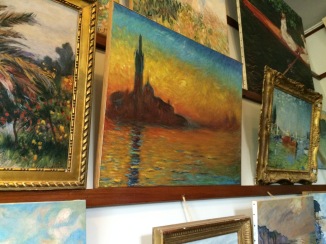
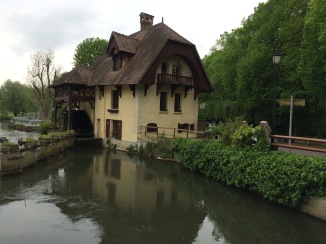


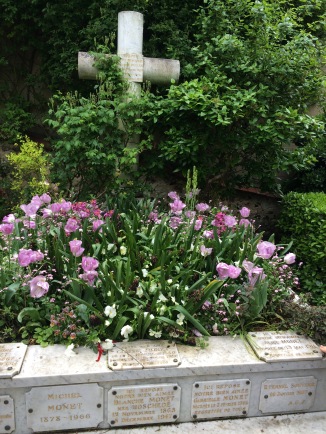



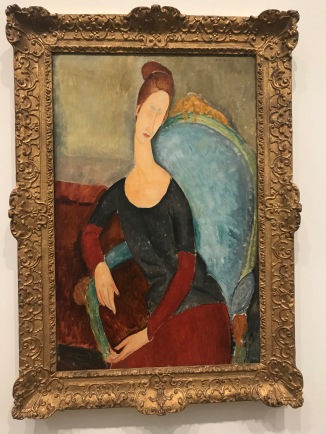










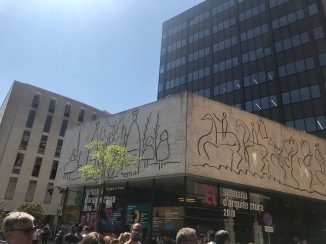


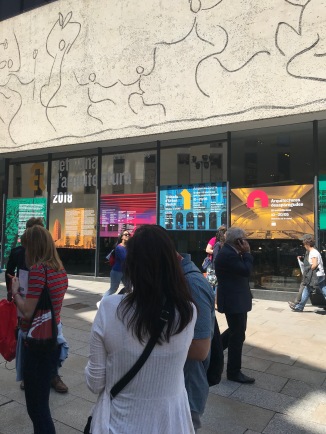


















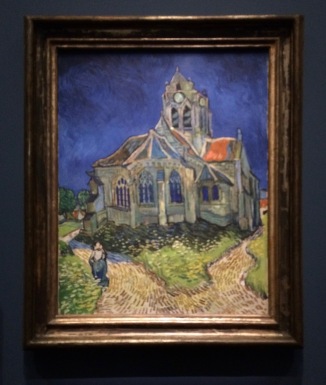
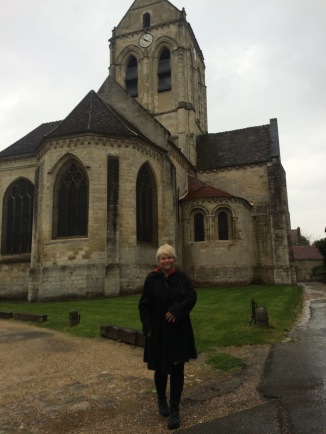
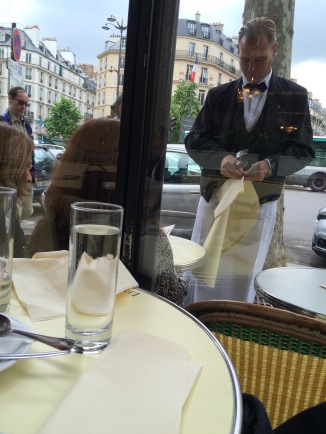
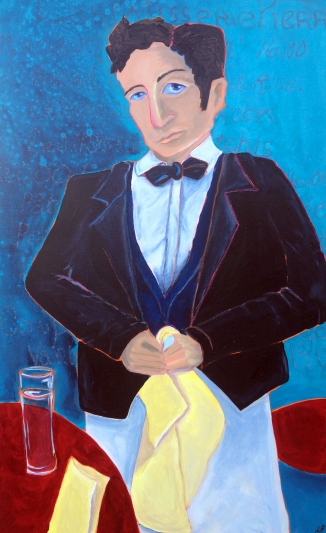

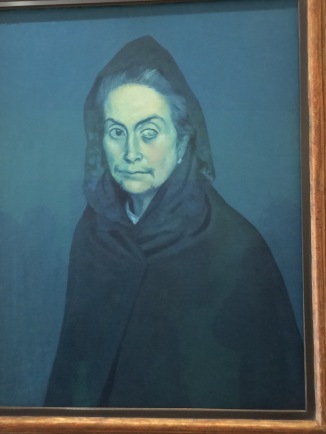 La Célestine, 1904, by Picasso
La Célestine, 1904, by Picasso